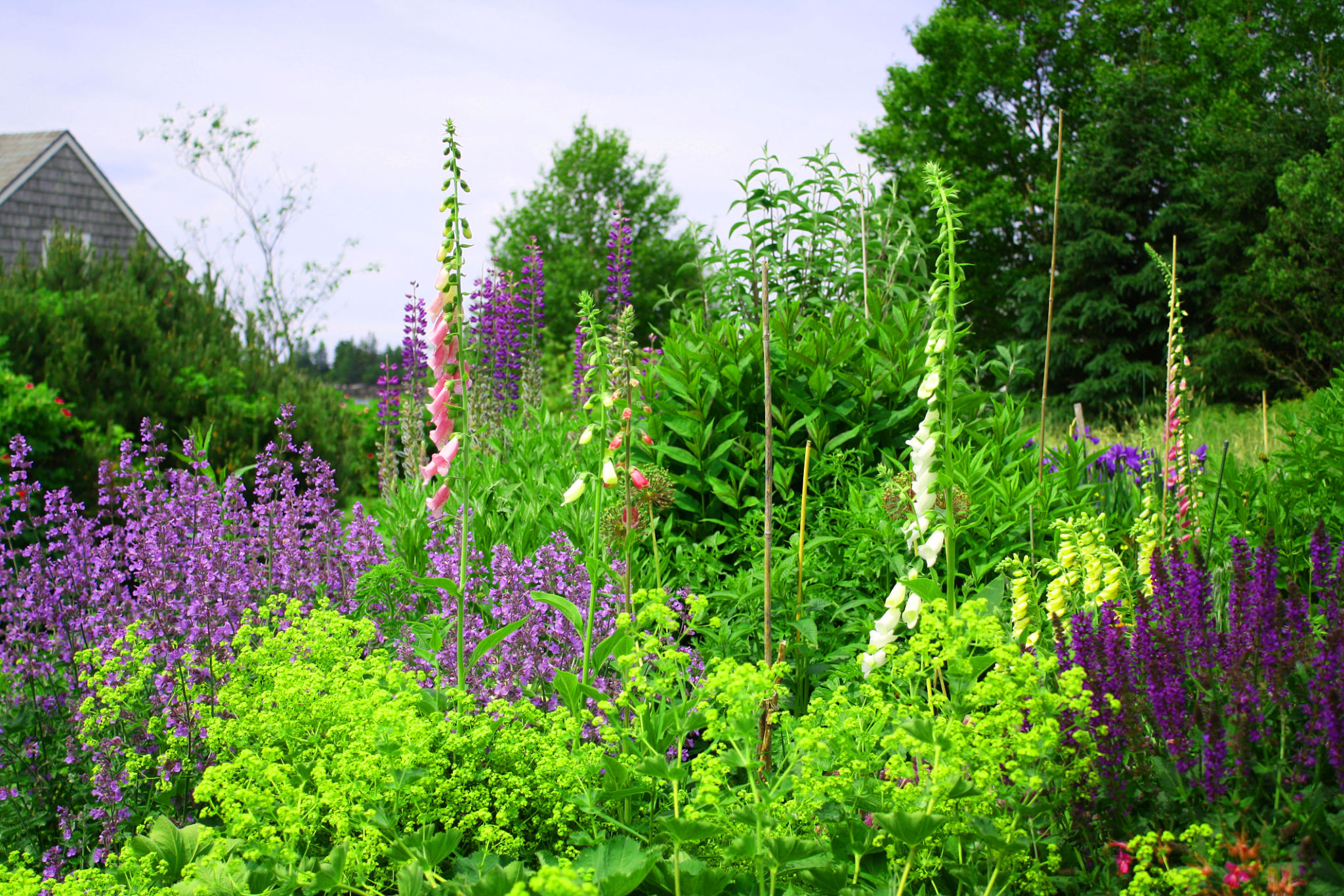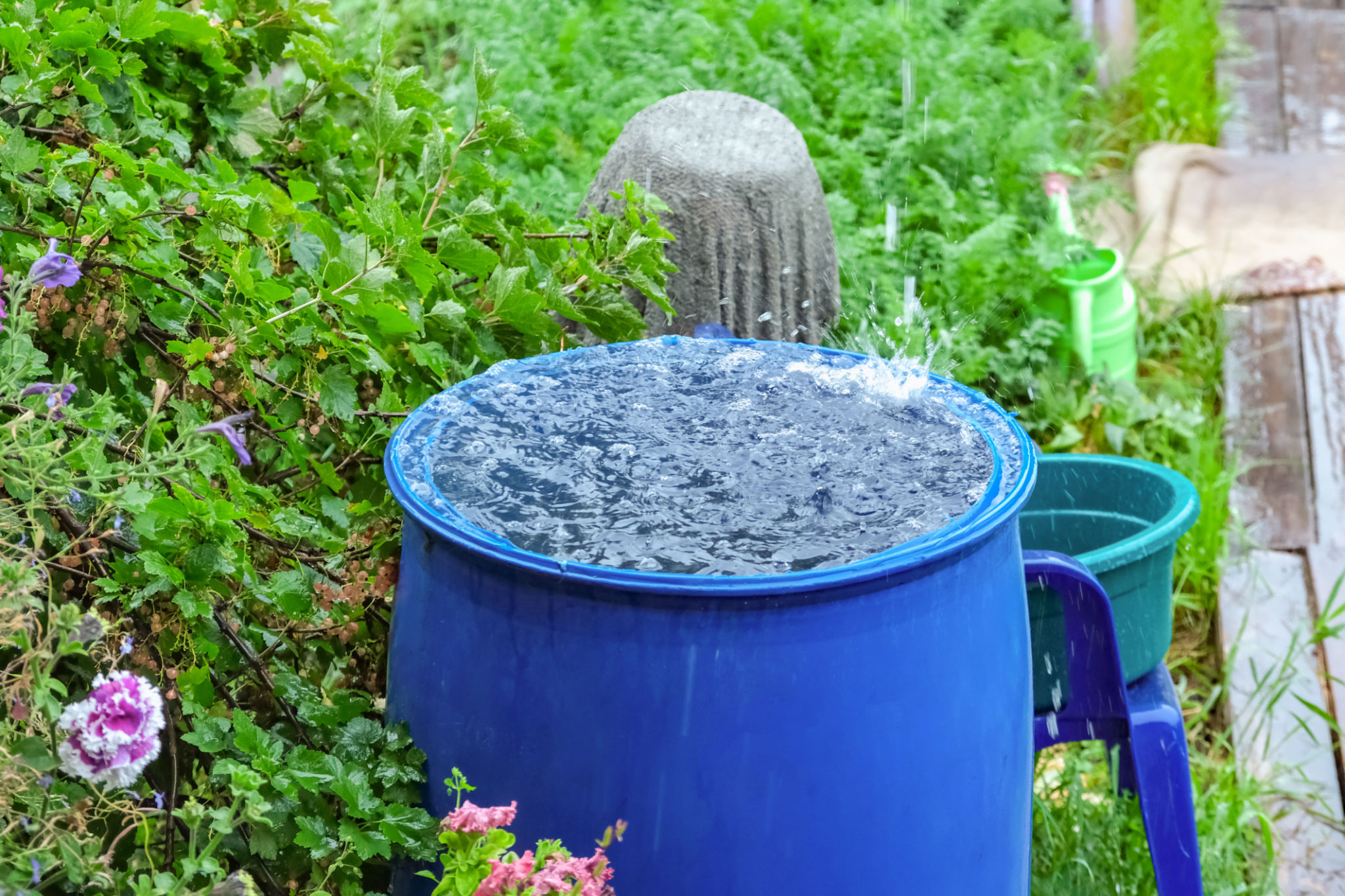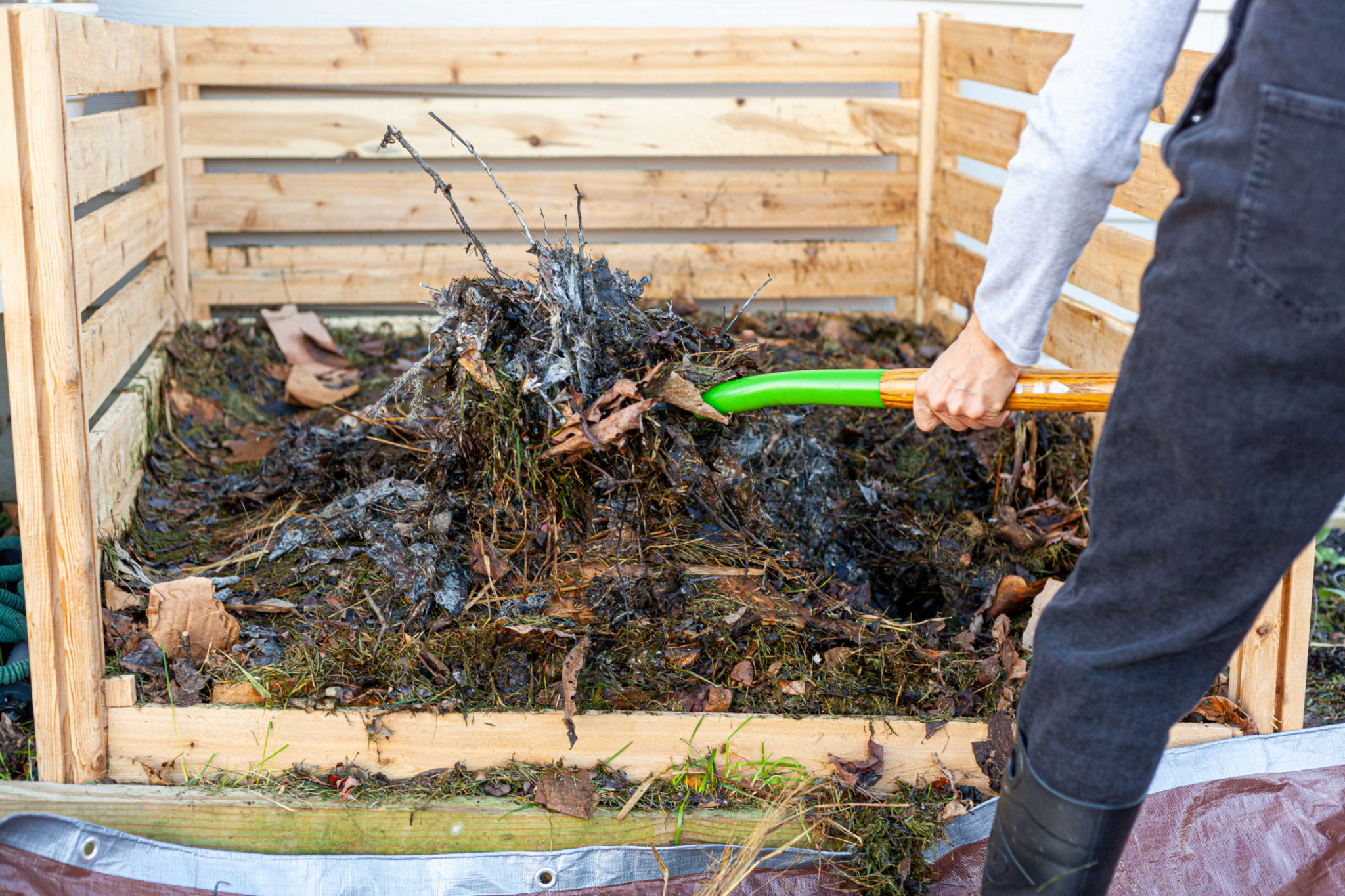A Beginner’s Guide to Sustainable Landscaping in McLennan County
Understanding Sustainable Landscaping
Sustainable landscaping is a method of designing and maintaining your garden or yard that benefits the environment. It involves using practices that conserve water, reduce waste, and support local ecosystems. For residents of McLennan County, adopting sustainable landscaping can significantly contribute to preserving the area's natural beauty and resources.
The key to sustainable landscaping is to work with, rather than against, nature. This means using native plants, conserving water, and reducing chemical use. By implementing these practices, you can create a garden that is not only beautiful but also environmentally friendly.

Selecting Native Plants
One of the most effective ways to create a sustainable landscape is by incorporating native plants. These plants are adapted to the local climate and soil conditions, which means they require less water and maintenance. In McLennan County, this includes species such as Texas Bluebonnets, Indian Paintbrush, and various types of sage.
Native plants also provide essential habitats for local wildlife, including birds, bees, and butterflies. By choosing native species, you help maintain the ecological balance and support biodiversity in your area.
Benefits of Native Plants
- Reduced water usage
- Lower maintenance requirements
- Increased support for local wildlife

Efficient Water Management
Water conservation is a crucial aspect of sustainable landscaping. Implementing efficient irrigation systems and techniques can help you save water while keeping your garden healthy. Consider installing drip irrigation systems, which deliver water directly to the roots of plants, minimizing evaporation and runoff.
Additionally, collecting rainwater using barrels can provide a free source of water for your landscape. Mulching around plants can also help retain soil moisture and reduce the need for frequent watering.

Soil Health and Composting
Healthy soil is the foundation of a sustainable landscape. Improving soil quality through composting not only reduces waste but also enriches the soil with nutrients. Composting kitchen scraps, leaves, and other organic materials can create a natural fertilizer that promotes plant growth.
Moreover, reducing chemical fertilizers and pesticides helps maintain soil health and protects beneficial insects and organisms that are crucial to the ecosystem.
Composting Tips
- Start with a balanced mix of green (nitrogen-rich) and brown (carbon-rich) materials.
- Turn the compost regularly to aerate it.
- Maintain moisture levels to speed up decomposition.

Creating Wildlife Habitats
A sustainable landscape should be a sanctuary for local wildlife. By incorporating elements such as birdhouses, bee hotels, and water features, you can create habitats that attract a variety of species. These features not only enhance the beauty of your garden but also contribute to the health of the local ecosystem.
Consider leaving parts of your garden undisturbed to provide shelter for small animals. Planting a diversity of flowers will ensure that pollinators have food sources throughout different seasons.

